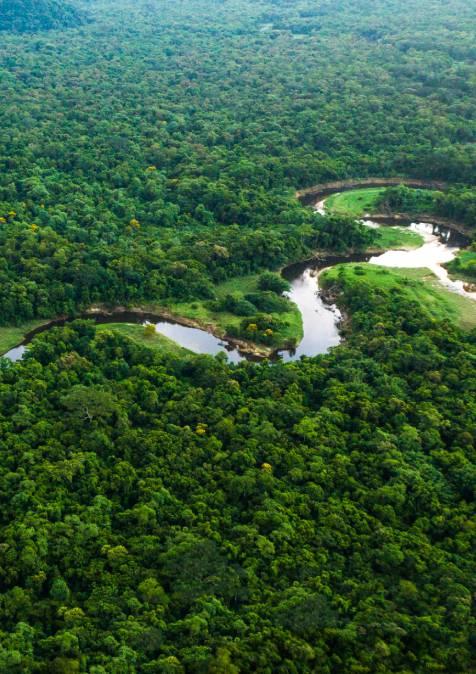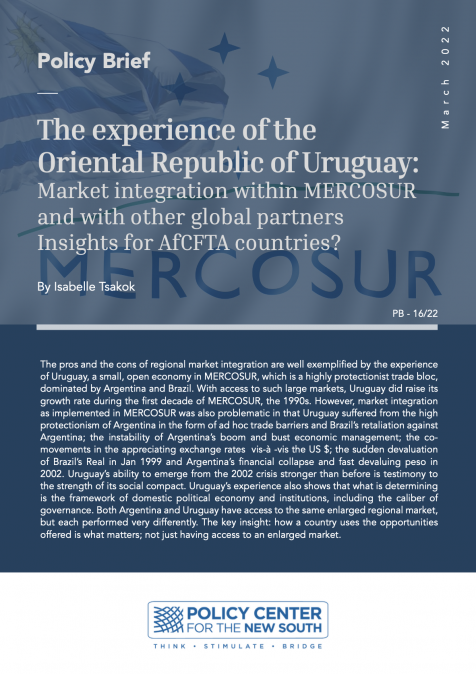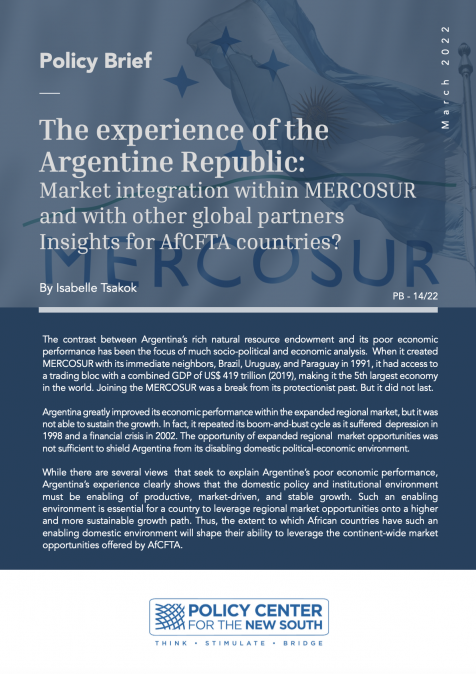Publications /
Opinion
Short-term climate conditions may affect crop yields and vintage quality and, as a consequence, wine prices and vineyards’ earnings. In this paper, we use a Computable General Equilibrium (CGE) model for Chile, which incorporates very detailed information about the value chain of the wine sector in the country. Using information for the 2015-2016 harvest, we calibrate climate variability shocks associated with a “bad year” for the wine industry in Chile, when premature rains occurred in important wine regions, reducing the area harvested and leading to wines with less concentrated flavors, particularly for reds. We model the climate shocks as a productivity change in the grape-producing sector (quantity effect). Moreover, we model quality effects as a shift in the foreign demand curve for Chilean wine. Given the specific economic environment in the model and the proposed simulation, it is possible to note the reduction of Chilean real GDP by about 0.067%. By decomposing this result, we verify that the quality effect has a slightly greater weight compared to the quantity effect.








